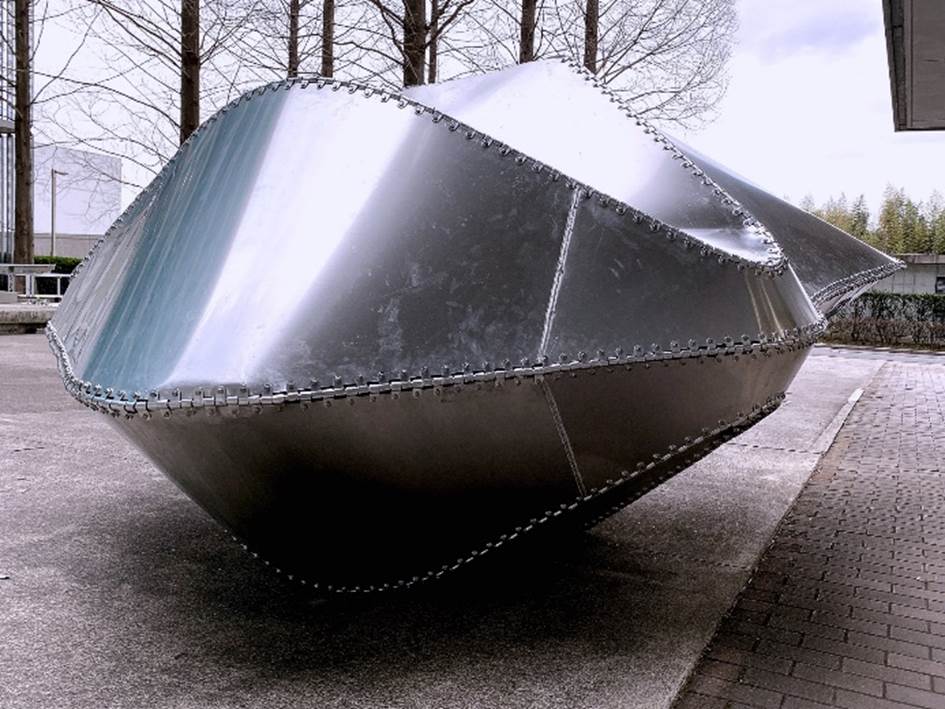Revised from IAC2024: IAC-24, A3, IP, 223, x88668, October 16th, 2024
Quick Setup Mechanism for Lunar Base Camp on the Pole / in the Pit
森に棲む月に棲む / 月に即席で構築するベースキャンプ
Jun Sato / The University of Tokyo
Notes
These problems are solved in our module:
How to build the floor?
How to touchdown on the bumpy terrain?
How to release from the lander?
How to fasten the membrane and the cylinder?
This base camp project is not officialized yet and is not an actual project.
We are looking for a way of international collaboration.
Pilot module setup → Movie
Lunar pole setup → Movie
Deployment test, full scale aluminium polyhedron for a habitation module → Movie

Habitation module / Overhang module / Photovoltaic module, S=1:10
1: Lunar pole / Lunar Pit
The lunar pole is assumed to be the target site for the beginning phase of human habitation due to its sunny spot suitable for the photovoltaic system and the permanent shadow region (PSR), which is expected to be the low radiation site. The lava tube [1] in the pit is considered another favorable site due to its protected environment from radiation, the meteorites, and the temperature gap.
The composition of a base camp in the pit and the semi-passive deployment system for the primary structure of the components have been indicated in the past [2, 3, 4]. Hereafter, taking a more compact setup into account, each deployable mechanism is updated through a full-scale mock-up, and a tiny module for a pilot exploration is developed.
This base camp project is a part of the STARDUST Program in Japan, but it is not officialized yet and is not an actual project, so we are looking for a way to collaborate internationally.
2: Lunar pole setup
On the lunar pole, considering two crews staying one to two weeks, an all-in-one module composed of a pillow-shaped aluminum polyhedron for habitation, a photovoltaic system, and an overhang equipped with a cable lift can be installed on the rim of a petit crater (see Fig.1).

Fig. 1. Lunar pole setup of a base camp for two crews
Looking at the high-resolution image of the lunar surface (see Fig. 2), petit craters with diameters of 200m to 600m can be found everywhere. Fig. 3 and Fig. 4 show the presence of PSR in the petit crater with a diameter of 200m and a depth of 20m.

Fig. 2. High-resolution image of the moon surface
https://www.lroc.asu.edu/posts/1105

Fig. 3. Sunlight angle on the pole

Fig. 4a. PSR in a petit crater

Fig. 4b. Section image of the petit crater and the base camp
3: Lava tube setup
For the lava tube, supposing four crews stay four weeks to six months, the modules are split. A habitation module is implanted into the cave at the bottom, while two solar power modules and an overhang module equipped with a cable lift are installed on the edge (see Fig. 5).


Fig. 5. Lava tube setup of a base camp for four crews
Supposing only two crews stay only one to two weeks during the daytime of the moon, the photovoltaic system becomes small enough to be composed into a single module with an overhang. Hereafter, the base camp can be built up by two transports (see Fig. 6).

Solar panel and overhang Habitation
Fig. 6. Two modules for two crews
4: Setup options
The way to combine the modules depends on the number of transports, the number of crews, and the length of stay. Envisioning a minimal setup, one to two weeks stay in the daytime of the moon, the battery cell becomes small. Hereafter, the all-in-one module (see Fig. 7) becomes 8 to 10 metric tons, excluding the landing gear.

Fig. 7. All-in-one setup for two crews on the lunar pole


Split setup for lava tube / Habitat + PV setup
5: Habitation module
When the pillow-shaped envelope (see Fig. 8) made of aluminium inflates by internal air pressure, as shown in Fig.9, the embedded floor (see Fig. 10) deploys simultaneously, the sliding rails are ejected, and the adjustable legs touchdown on the bumpy terrain.
These problems are solved in this module:
How to build the floor?
How to touchdown on the bumpy terrain?
How to release from the lander?
How to fasten the membrane and the cylinder?

Fig. 8. Components of a habitation module


Fig. 9. Packed state / Deployment process of the habitation module → Movie
Habitation module mock-up, S=1:10


Embedded floor / Adjustable leg
Fig. 10a. Small mock-up provided in 2022 [2], S=1:10
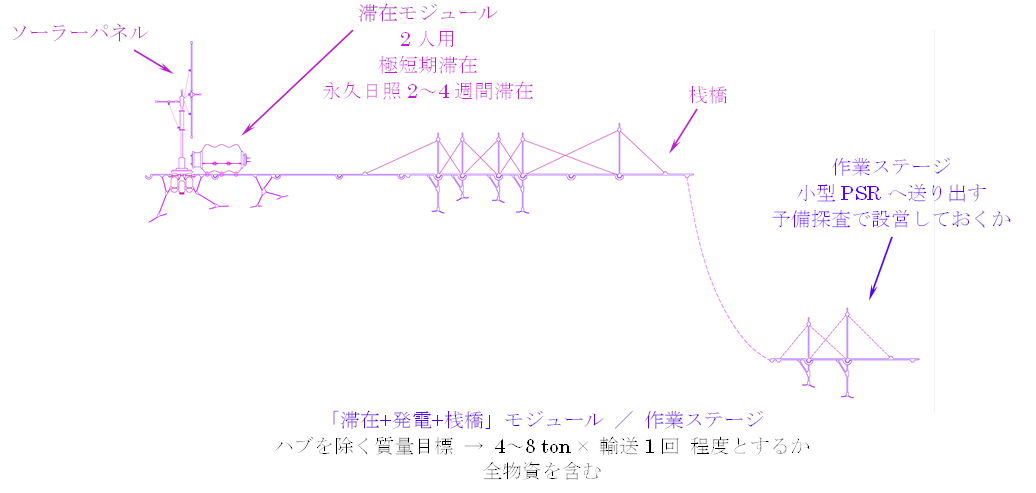

Fig. 10b. Touchdown options
5.1: Full scale multifaceted metal envelope
As developed in 2023 [2], the envelope is folded using curved creases (see Fig 11), and Sakura dimples (see Fig.12) are scattered to snap through easily during the deployment.
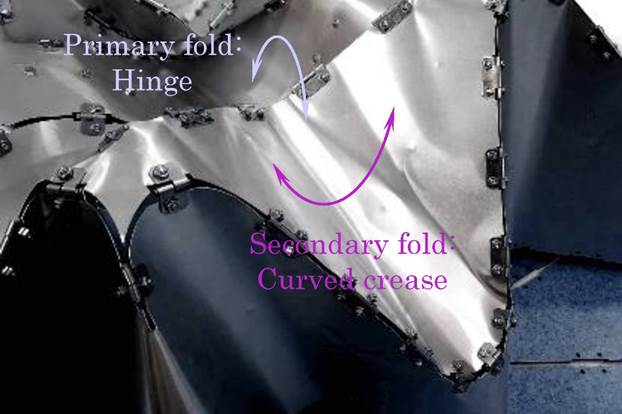

Fig. 11. Folded metal polyhedron using curved creases
Fig. 12. Sakura dimples
From the overall pillow shape, a local shape, which is hardest to snap through, could be extracted, as shown in Fig. 13 and Fig.14. A full-scale mock-up of the partial polyhedron (see Fig. 15) could deploy by inner air pressure up to 0.10 atm, without fatal wrinkles even though Sakura dimples are not scattered yet (see Fig. 16).
As shown in Fig. 17, the hinges, developed referring to the zipper, could follow the curved crease during deployment.
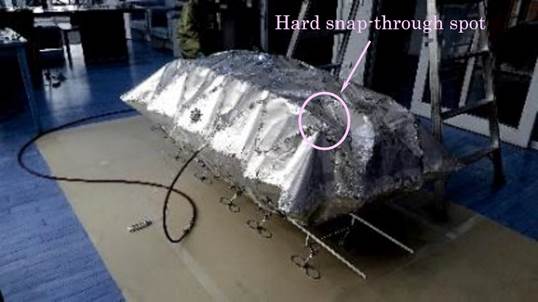

Fig. 13. Hard snap-through spot on the overall envelope
Fig. 14. Partial polyhedron extracted from the envelope
Fig. 15. Partial polyhedron full scale mock-up, S=1:1
Material : Aluminium alloy A5052-H34, t=2.0mm
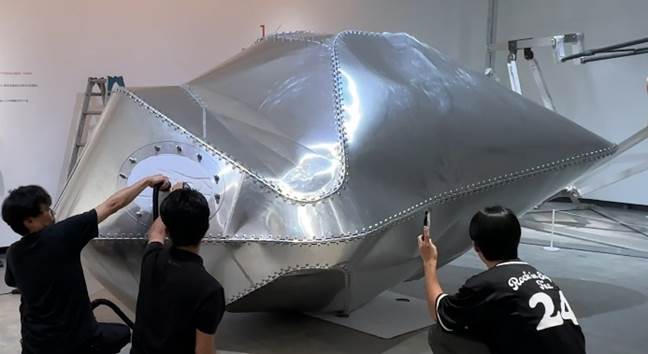
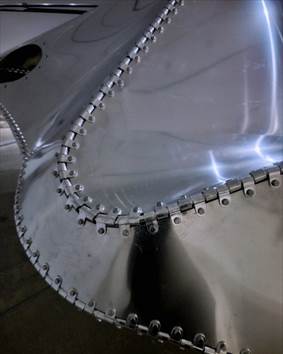
Fig. 16 Deployment Test, Partial polyhedron, S=1:1
Maximum inner air pressure = 0.10 atm
Fig. 17. Hinges for the curved crease, S=1:1
5.2: Full scale support beam
The envelope is lifted up from the rails by support frames (see Fig. 18). Taking the lunar dust into account, the sliding mechanism using cogwheels for the wheels is developed, as shown in Fig. 19 and Fig. 20.
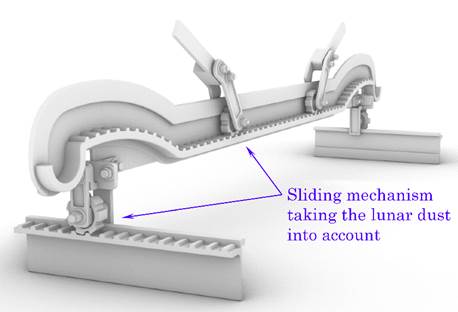
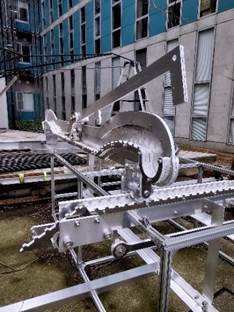
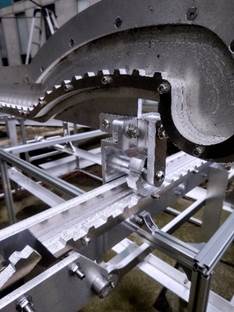
Fig. 18. Support beam lifting up the envelope
Fig. 19. Support beam full scale mock-up, S=1:1
Fig. 20. Sliding mechanism using cogwheels
5.3: Supply packing
To make less transports, all the supplies have to be transported at the same time with the primary structure. The volume of the supplies becomes 20m3 in total for two crews staying two weeks.
The inner space of a cylinder (see Fig. 21, Fig. 22) extended from the airlock becomes 18m3 to 28m3, derived from the inner diameter of 1.82m to 2.26m, so the supplies will be able to be packed into the cylinder.
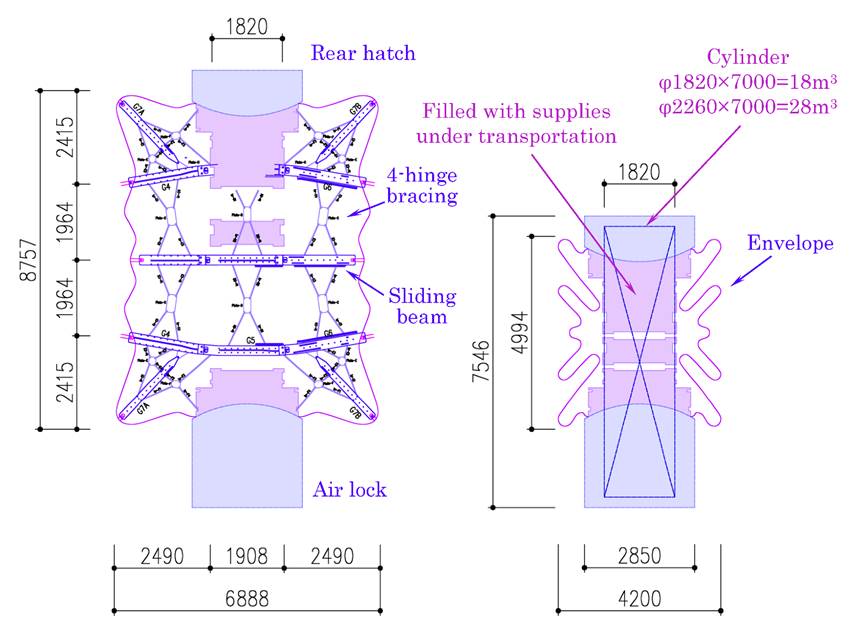
Fig. 21. Floor plan showing the cylinder filled with the supplies
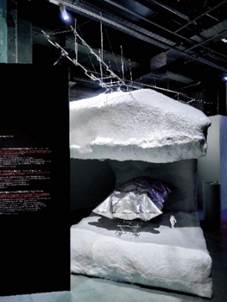
Fig. 22. Elevation showing the cylinder filled with the supplies
5.4: Attachment of radiation shield and insulation
For the long stay on the pole, a laminated bag of the radiation shield tiles and the insulation tiles, with an elastic film in between, can be inflated and attached inside the envelope (see Fig. 23).
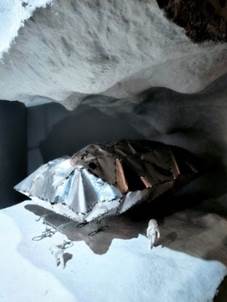
Fig. 23. Attachment of radiation shield and insulation
5.5: Interior image including dense vegetation
In the case of four crews stay six months, the interior arrangement image is developed including dense vegetation (see Fig. 24).

Fig. 24. Interior arrangement for 4 crews option including dense vegetation
(Provided by Takenaka Corporation)
Fig.25 shows the dense vegetation image provided in 2022 [3] in the cramped side space of the pillow shape as well as the underfloor space. Assuming four crews stay more than four weeks and 40% of the food to be equipped, supposing leaf lettuce on behalf of all the plants, 9800 plants are required to build up the cycle of O2, CO2 and food. To manipulate this huge number of plants, a planter pallet (see Fig. 26) is developed. Every week, multiple plants can be slid at once by a bar to make distance of their size.
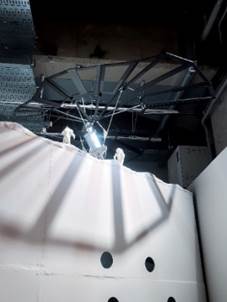
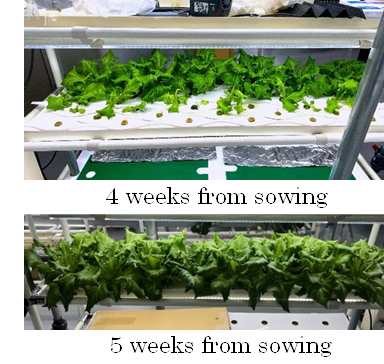
Fig. 25. Dense vegetation conceptual drawing
Fig. 26. Planter pallet developed for dense vegetation
6: Overhanging suspension tectonics
A cable lift connecting the bottom of the crater or the lava tube and the surface of the moon is hung from the cantilever around 15m (see Fig.27).
A full-scale mock-up of a single unit (see Fig. 28) shows the deployment mechanism, including the locking mechanism at the bottom of the strut (see Fig. 29) and the legs-dropping mechanism.
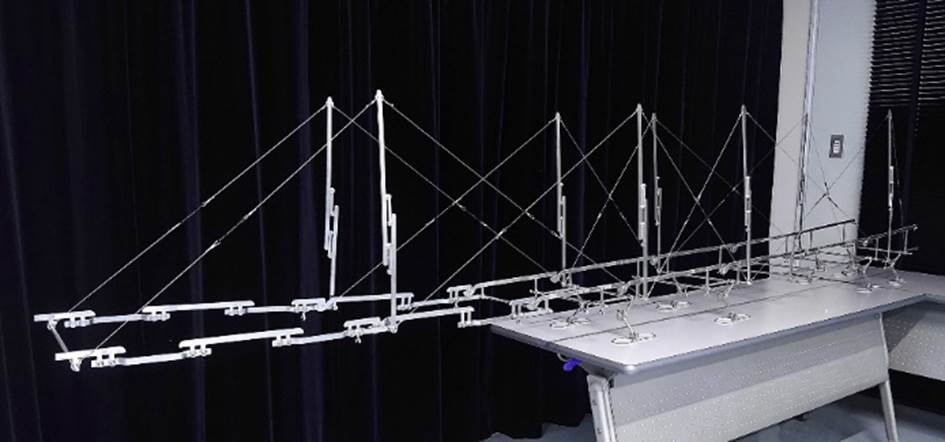
Fig. 27. Overhang module provided in 2022 [2], S=1:10
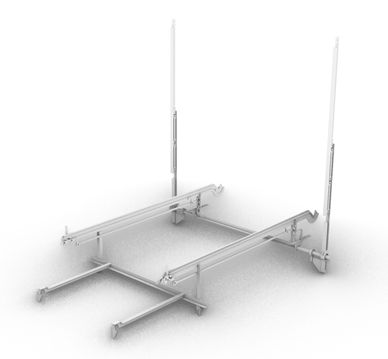
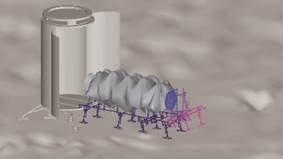
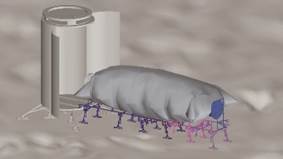
Fig. 28. A single unit of the overhang module image
Fig. 29. Overhang module full scale mock-up, S=1:1
Locking mechanism at the bottom of the strut
7: Fanning mechanism for photovoltaic system
For the photovoltaic panels, a fanning mechanism (see Fig.30) referring to the earwig wing has been developed by K. Saito et al. [5]. Hereafter, the full-scale partial mock-up (see Fig. 31), from which three panels out of 26 panels are extracted, supported by 3-hinge bracings (see Fig. 32), shows the deployment mechanism and the stability.
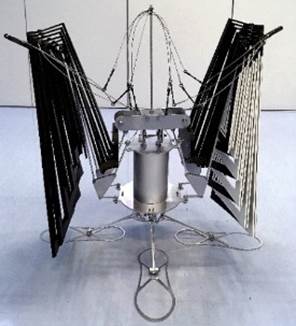
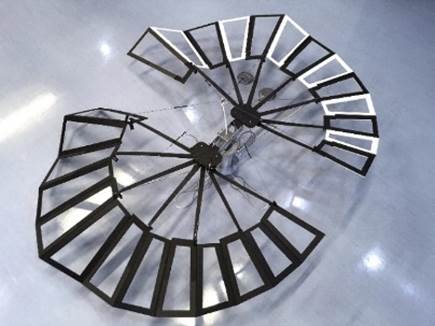
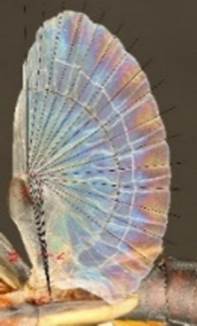
Fig. 30. Solar power module provided in 2022 [2], S=1:10 / Earwig’s wing

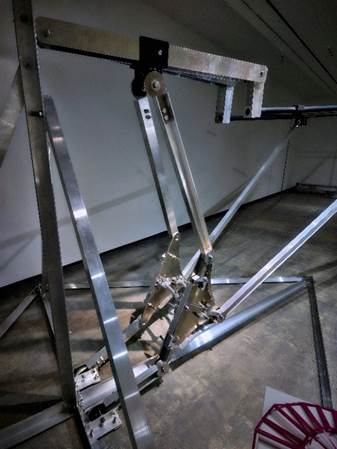
Fig. 31. Solar power module, full scale partial mock-up
Fig. 32. 3-hinge bracing holding three fanning panels
8: Tiny module for the pilot exploration
Pilot exploration is expected to be carried out over the next several years. An image (see Fig. 33) and a model (see Fig.34) show a simplified tiny all-in-one module developed to be packed into around 1.0m diameter, with a height of 2.8m, with a mass of 80 to 200 kg.
Deployment tests under microgravity and in the vacuum of space, a touchdown test on bumpy terrain, continuous electric power generation, and a test of a part of ECLSS under microgravity can be carried out in this exploration (see Fig.35).
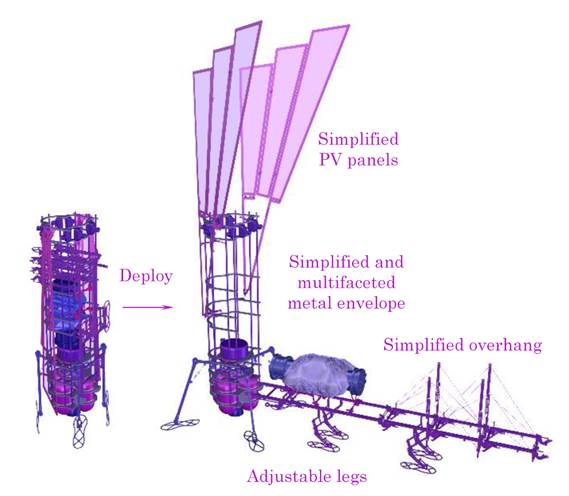
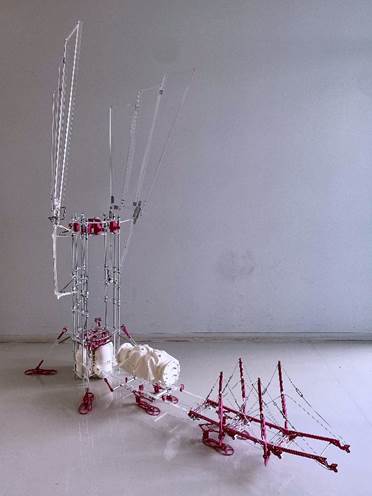
Fig. 33. Pilot exploration module setup / Mock-up, S=1:2
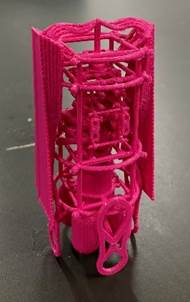
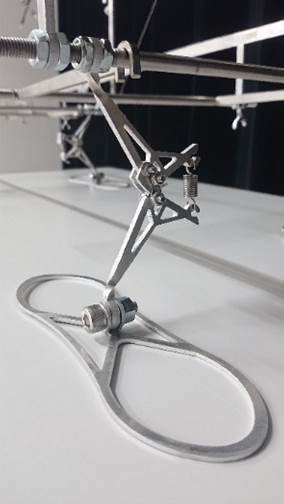
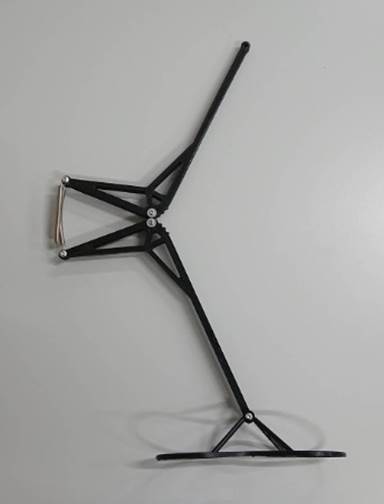
Fig. 34. Pilot exploration module, 3D printed
Fig. 35. Pilot exploration module diagram
9: Habitation module references
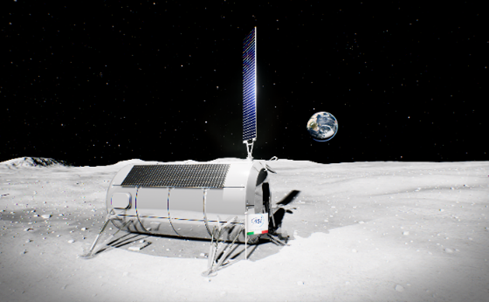
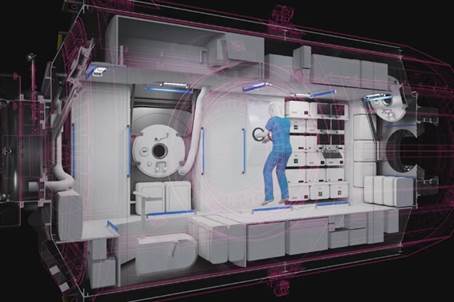
Habitaion module for Artemis, provided by Italy & France
Interior arrangement of i-HAB, Gateway, provided by ESA
https://www.thalesaleniaspace.com/en/news/lunar-multi-purpose-habitat-activities-officially-underway
https://liquifer.com/gateway-i-hab/
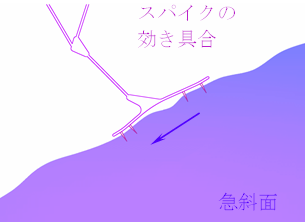
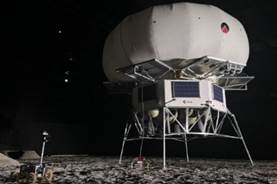
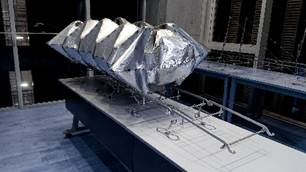
Inflatable habitation modules: Mushroom / Pumpkin / Horizontal barrel
Binera/Spartan Space/Sierra Space & ILC Dover
https://ntrs.nasa.gov/api/citations/20220013669/downloads/Internal%20Layout%20of%20a%20Lunar%20Surface%20Habitat.pdf
https://actu.fr/auvergne-rhone-alpes/grenoble_38185/grenoble-il-pourrait-envoyer-cette-maison-sur-la-lune-le-projet-fou-de-peter_56390873.html
https://spacenews.com/sierra-space-tests-inflatable-module-technology/
https://spacenews.com/sierra-space-and-ilc-dover-partner-on-inflatable-modules-and-spacesuits/
10: Prospects
The development of the primary structures of each module is ongoing, and the pilot exploration module is under construction, but many other components, such as landing gear, transportation system, communication system, and active control system, still need to be involved in the team. It is expected to be officialized to compose the comprehensive team.
This research and development are consigned as a “Project for the promotion of innovative technologies in unmanned construction applicable to the site on the moon and others” by the Ministry of Land, Infrastructure, Transport and Tourism, Japan, and the Ministry of Education, Culture, Sports, Science and Technology, Japan in 2022 - 2025.
● Development team leaders:
Jun Sato, Saneyuki Kawabata, Tomohiro Yokozeki / The University of Tokyo
Kazuya Saito / Kyushu University
Masato Ohata / Takenaka Corporation
Masato Sakurai, Yasuhiro Awata, Nao Hoshinouchi / JAXA
● Development team members:
The University of Tokyo:
Ruta Stankeviciute, Martin Ivanov, Yuta Shimoda, Shimpei Kojima, Keiichi Kutomi, Ayumi Sakamoto, Keiichiro Suzuki, Kengo Yagi, Kosei Atarashi, Tomoya Uchida, Wataru Nakayama, Issei Hirabayashi, Izumi Sato, Motoharu Iwasa, Yu Okumura, Yuki fujita, Takuma Kato, Shota Kawahara, Iuko Tsuwa, Hiromi Ishii
Takenaka Corporation:
Shou Tanaka, Tatsuho Sato, Ryuuya Matsuoka, Hideaki Tani, Atsushi Mizutani.
Mock-ups are provided by:
ROSSO Co., Ltd., Obata Co., Ltd., Suzuki Kinzoku Co., Ltd., Sakase Adtech Co., Ltd.
Deployment test is provided by:
BRAVO Co., Ltd.
● References
[1] J. Haruyama, T. Morota, S. Kobayashi, S. Sawai, P. G. Lucey, M. Shirao, M. N. Nishino, Lunar Holes and Lava Tubes as Resources for Lunar Science and Exploration, in: Badescu, V. (Ed.), Moon - Prospective Energy and Material Resources, Springer, New York, 2012, pp. 139–163
[2] J. Sato, S. Kawabata, T. Yokozeki, K. Saito, M. Sakurai, Y. Awata, N. Hoshinouchi: Passive Deployment Mechanisms for Minimal Composition of Lunar/Martian Base Camp Implanted into Lava Tube, 52nd International Conference on Environmental Systems (ICES), 2023, 233
[3] J. Sato, S. Kawabata, L. Tenorio, J. Yazawa, A. Yukawa, Y. Awata, Quick Setup Lunar/Martian Base Camp Implanted into Lava Tube Derived from Jasmine Dimples and Low Curvature Folding. International Astronautical Congress (IAC), 2022, LBA-A3-3-x74519
[4] J. Sato, Quick setup Base Camp composed of simultaneously deployable surface and floor, 2H02, 65th Symposium on Space Science and Technology, Yamagata, Japan, 2021, 9 – 12 November
[5] K. Saito, R. P. Fuente, K. Arimoto, Y. Seong, H. Aonuma, R. Niiyama, Z. You, Earwig fan designing: Biomimetic and evolutionary biology applications, The National Academy of Science, 2020, 117(30), pp.17622-17626



